4G and LoRa Technologies: Seeed Offers Optimal Kit Guidance for IoT Scenarios
By Yilin Zhuang 11 months agoIn today’s digital age, the Internet of Things (IoT) is reshaping the way we live and work. To seamlessly connect devices and transfer data, we need to choose the right communication technology for different scenarios and needs. This blog explores two key IoT communication technologies: 4G and LoRa, and provides guidance on selecting the best 4G or LoRaWAN solution kit based on specific requirements.
What is 4G technology?
Introduction:
4G, the fourth generation of mobile communications technology, offers high-speed data transmission, low latency and wide coverage. It’s ideal for large-scale data transfer and Internet access, which is widely used in smartphones, tablets and smart devices. For IoT devices, 4G ensures a stable connection and world-class data transfer, suitable for scenarios with stringent network speed and reliability requirements.
Applicable Scenarios:
- Urban or densely populated areas that require fast and stable connectivity, such as city centers or business districts.
- Require real-time transmission of rich data, such as immediate feedback from real-time monitoring or localized environmental monitoring systems.
What is LoRa® technology?
Introduction:
LoRa (Long Range) technology is a low-power, wide-area network communications technology designed for long-range, low-power communications. It uses unique modulation techniques that enable extensive coverage in urban, rural and indoor environments. LoRaWAN is a communications protocol based on LoRa technology that enables large-scale connectivity of IoT devices with extended battery life and reduced device costs.
Applicable Scenarios:
- Devices that require low power consumption and extended battery life, such as smart sensors and environmental monitoring devices.
- Long-distance communications, such as rural or wilderness monitoring stations.
How to Choose the Right Kit
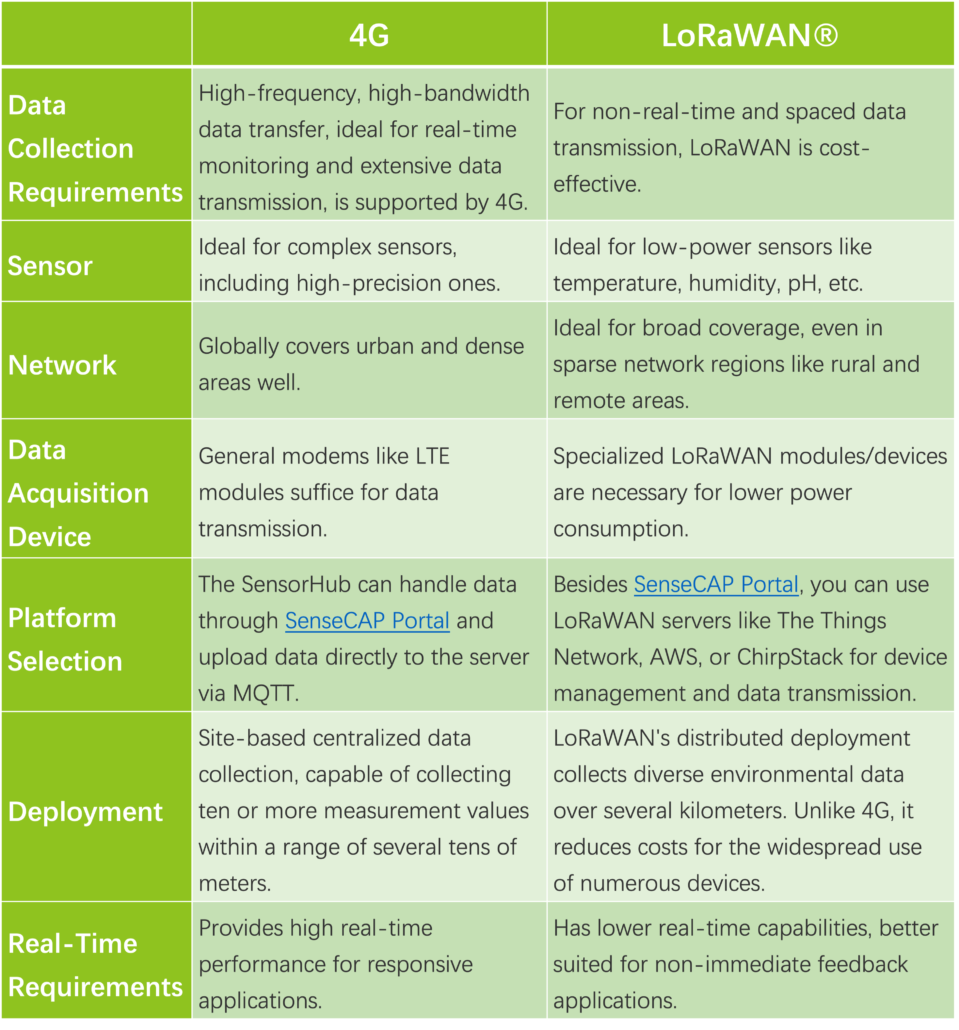
Seeed offers you Plug-and-Play Kits
4G Solution Kit
SenseCAP’s 4G solution uses 4G cellular technology to establish a direct connection, ensuring fast and low-latency real-time data transmission.
Insert a SIM card into the4G Sensor Hub for personalized network coverage. Seamlessly connect SenseCAP ONE Weather Sensor or high-precision sensors via RS485, effortlessly collecting and transmitting data to your chosen cloud platform. Solar panels extend outdoor use, enhancing your IoT solution.
Feature
- Ideal for real-time scenarios, powered by solar panels or a 12VDC source, with a built-in 6AH battery for weeks of backup during power outages.
- Transmits sensor data via 2G/3G/4G to servers, requiring a SIM card and associated charges.
- Suitable for multi-data collection at one location, supporting up to 40 RS485 sensors with an external RS485 splitter.
- Supports data caching of up to 500,000 records in case of poor or lost network signal.
- Uses Seeed-provided sensors, ready for immediate use, and supports user-customized RS485 sensors.
Application
- Smart Agriculture
- Smart City
- Power Transmission
- Renewable Energy
- Transportation and Traffic
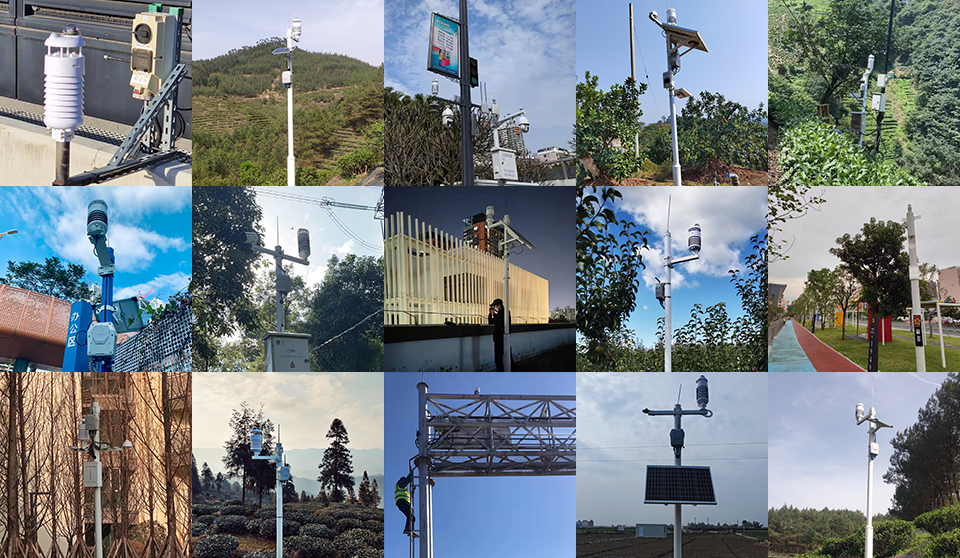
In agricultural monitoring, for instance, a 4G solution suite monitors diverse environmental parameters like soil moisture, temperature, and barometric pressure in a single area. This data is transmitted via 4G networks, allowing real-time monitoring and swift response for farmers.
LoRaWAN® Solution Kit
Unlike 4G solutions, LoRaWAN® kit is designed for long-range, low-power applications. With the LoRaWAN® Gateway, users can achieve up to 10 km of LoRaWAN coverage from any location.
Good news: SenseCAP M2 Multi-Platform LoRaWAN Indoor Gateway has been reduced to ¥99, come and get it now!
Simply deploy the SenseCAP Multi Platform LoRaWAN Indoor Gateway or SenseCAP LoRaWAN Outdoor Gateway for comprehensive LoRaWAN coverage. Use the Junction Box Kit to connect the S2100 LoRaWAN Data Logger and the SenseCAP ONE Weather Sensor to collect and seamlessly transmit environmental data to your chosen cloud platform. Expand your setup with SenseCAP S210x LoRaWAN sensors and a power adapter for fast data transfer with simple scanning.
Application
The LoRaWAN® Solution Kit can be used in many scenarios, such as smart agriculture, smart city, power transmission, renewable energy, transportation and traffic. Let’s take one scenario as an example:
Smart City: 500+ SenseCAP LoRaWAN Sensors Combat Urban Heatwaves.
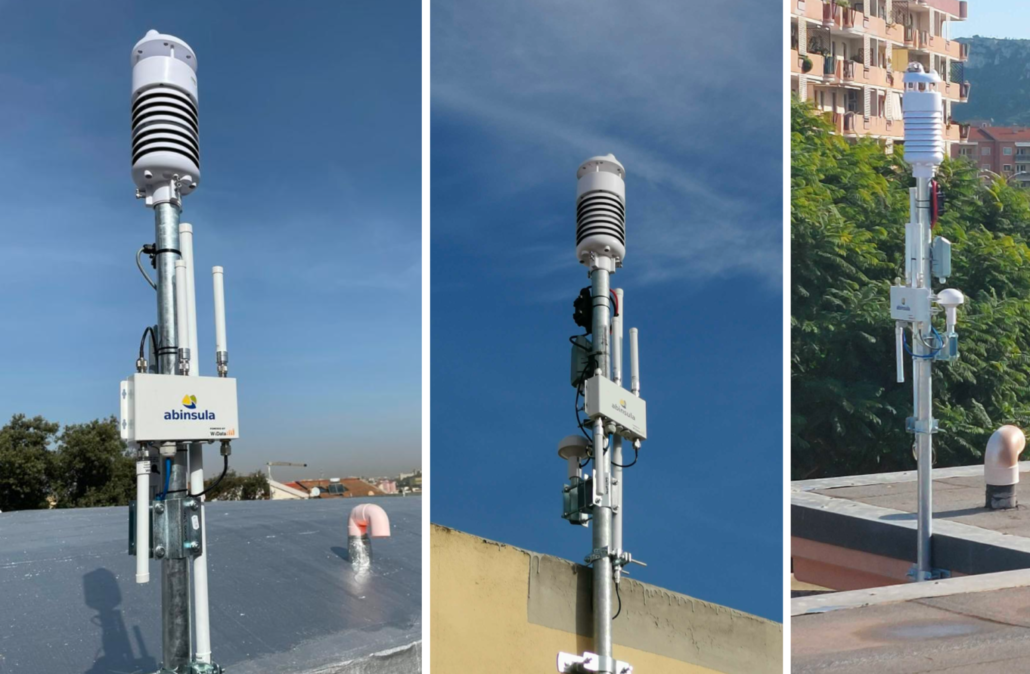
- Low power consumption for extended operation and infrequent data transmission: SenseCAP LoRaWAN sensors are designed for longevity, typically operating for 5-10 years (depending on intervals). This makes them ideal for outdoor monitoring projects.
- Suitable for broad coverage and sparse network areas: A single gateway covers 200 nodes up to 10km away. For example, over 500 SenseCAP sensors in Cagliari monitor environmental data across 300+ sites, effectively covering various locations.
- Cost-effective compared to 4G solutions: LoRaWAN solutions, in contrast to 4G, provide cost savings by avoiding the need for good network coverage and individual SIM cards for each device. LoRaWAN gateways offer versatile deployment options.
Conclusion
Your decision ultimately depends on the project requirements. For higher bandwidth and real-time capabilities, 4G may be a better fit. However, if you prioritize low power consumption and cost-effectiveness, and can handle lower bandwidth and real-time requirements, LoRaWAN may be a better fit. Don’t forget to consider factors such as sensor types, communication range, and budget constraints.
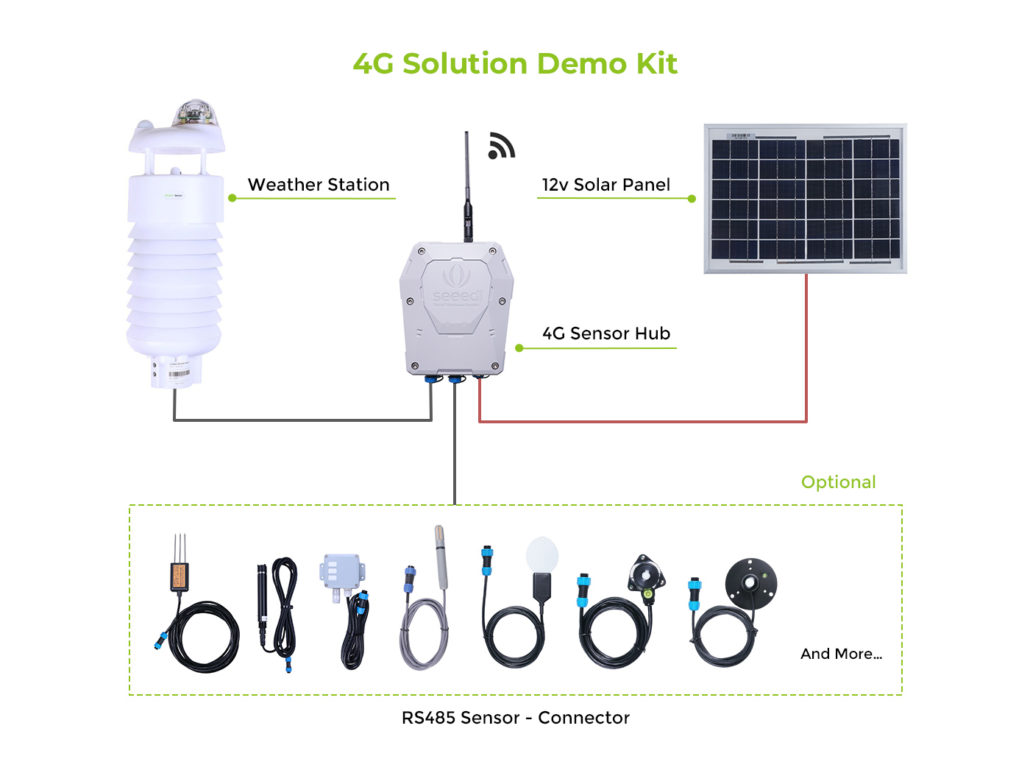
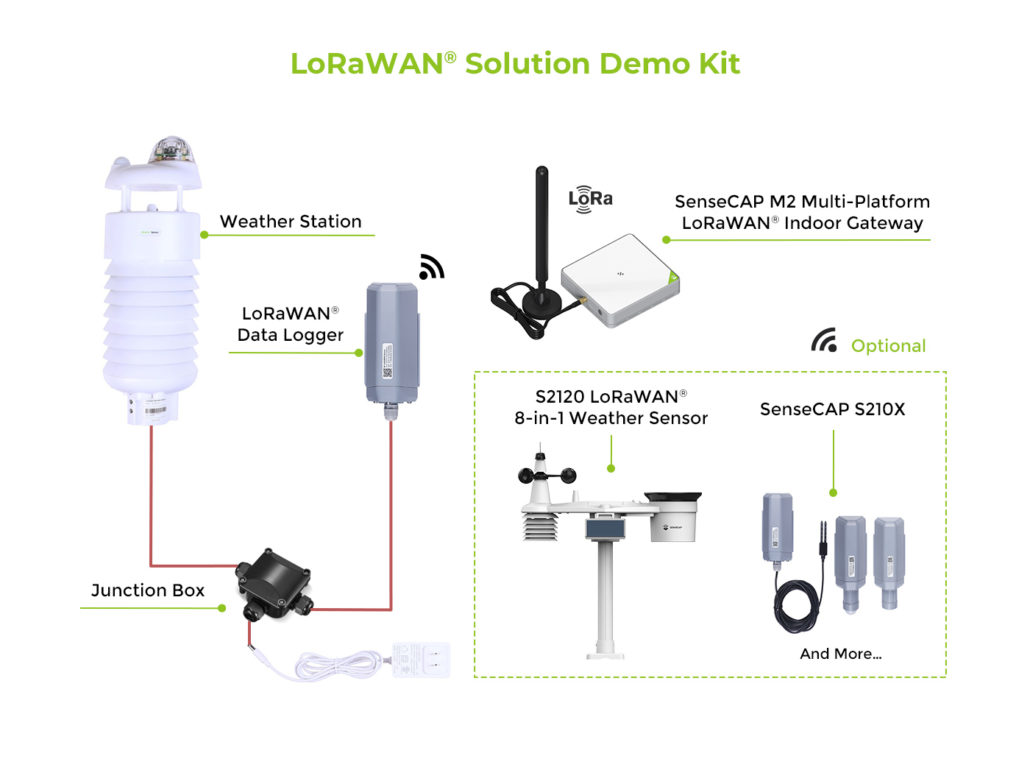
LoRaWAN might be a better option if you can bear reduced bandwidth and real-time needs, as well as low power and cost.